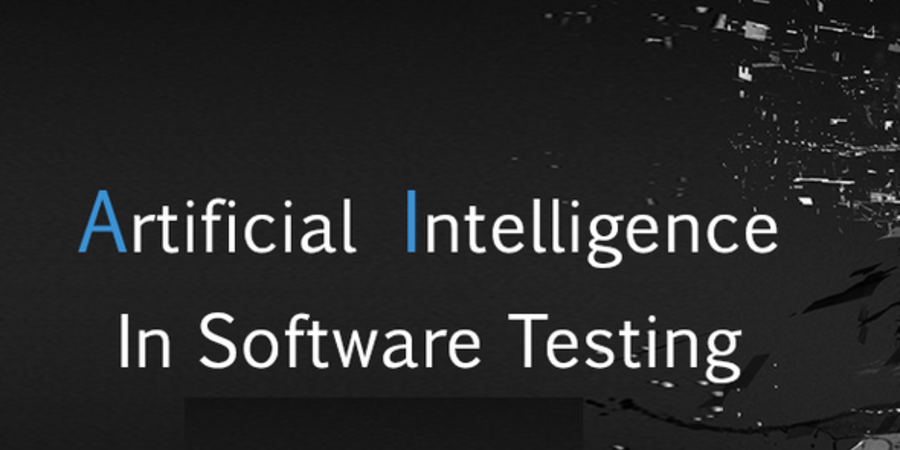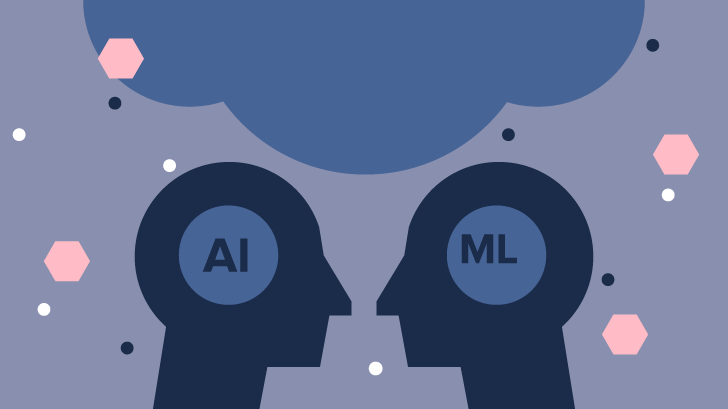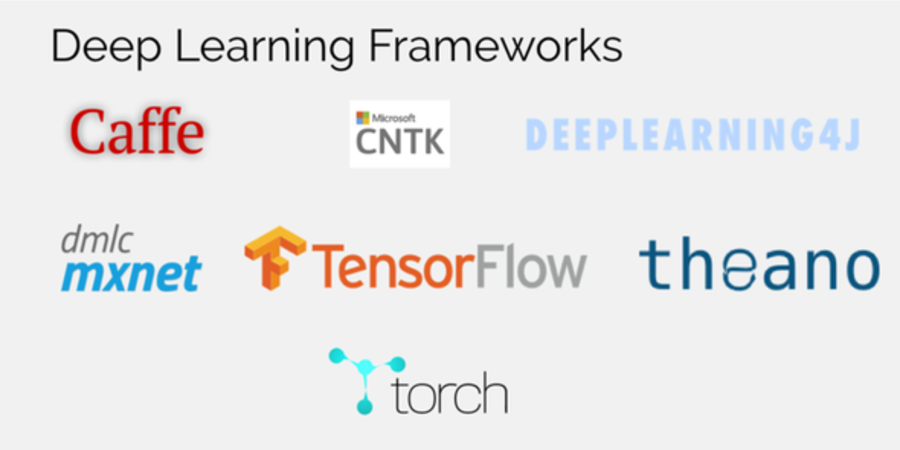Regularly receiving queries about Artificial Intelligence is of course flattering, but can also be bothersome, as some of the most regularly asked questions could easily be answered via a quick Google search. A number of people are however wary of doing so, partly because of movies’ unrealistic image of A.I (among other unrealistic expectations), and the current startup culture which venerates coders and techies, putting them and their knowledge on a pedestal. With that in mind, here is a simple, quick and no-nonsense look at A.I through the lens of the questions I most frequently get asked.













